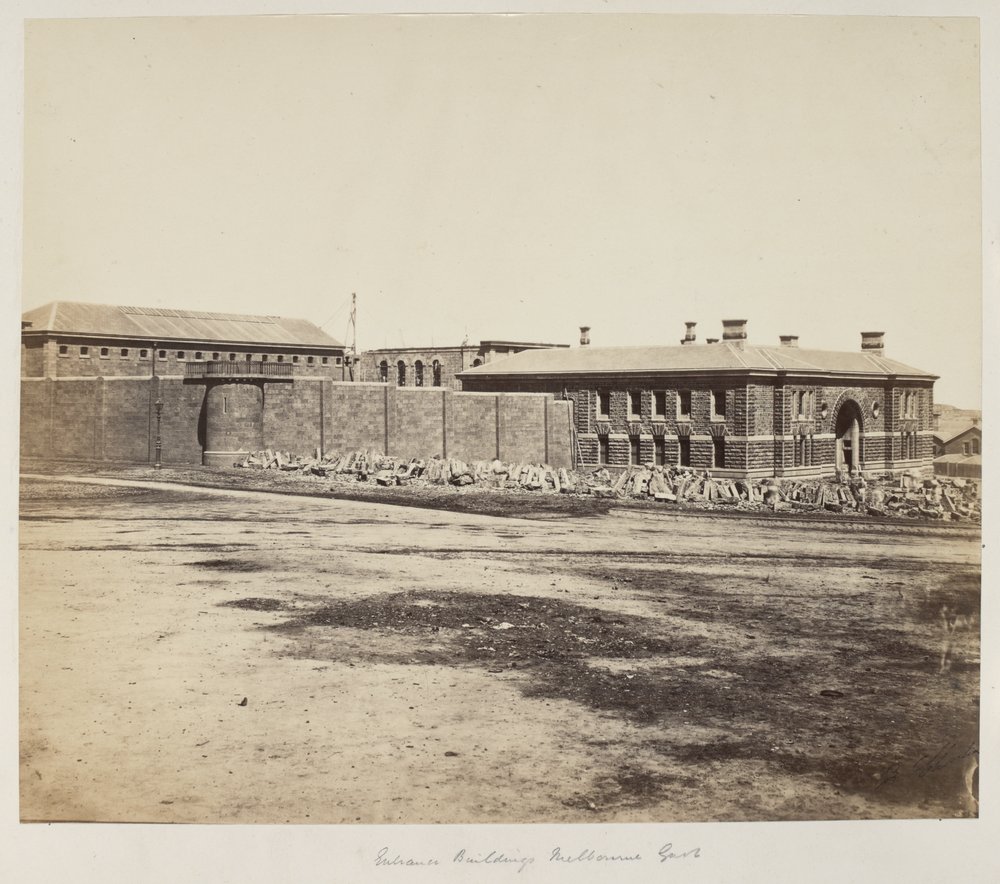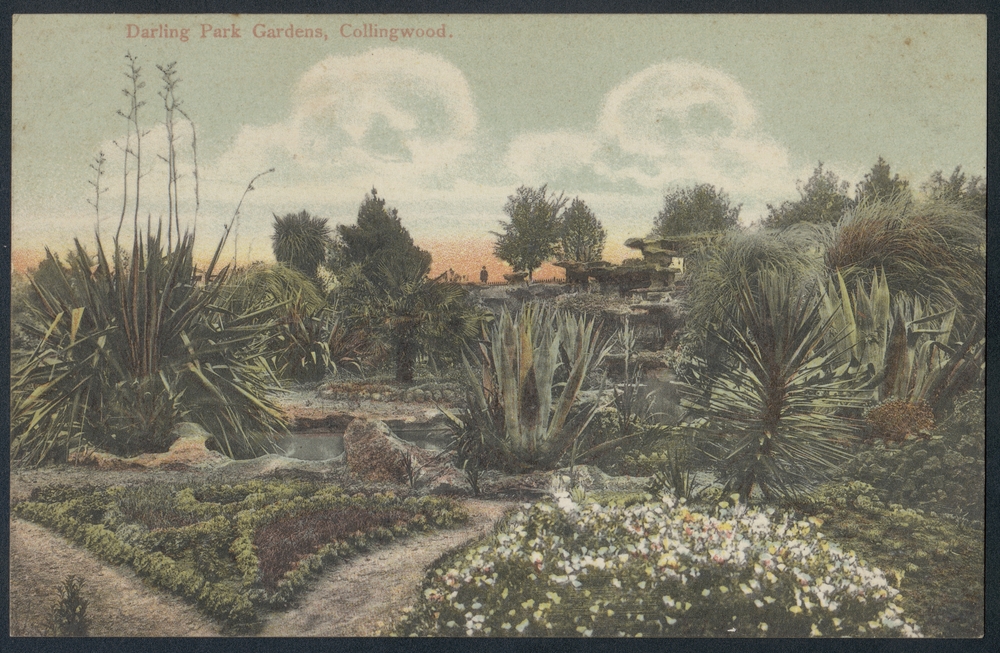For seven months, John Wilson rode the tram line between Carlton and Prahran working as a conductor. He directed travellers, punched their tickets and often carried a razor in his pocket.
John was engaged to Stella Marks, a 23 year old servant who worked for Mrs Mary Fox in St Kilda but had been living in Collingwood with Mrs Annie Reid. The only problem was that Stella was actually in love with Mr McEwan and John was quickly working that out for himself. Stella had not only been distant, John had seen ‘Stella leaning on the arm of McEwan as [he] was coming on the tram’. Proof enough for him that Stella was rapidly moving further away from him.
John Wilson was madly in love with Stella and had grown much attached to the young servant girl but he had been warned by Mrs Reid that he was ‘foolish to be so madly in love if she loved another one better’. Stella confided in Mrs Reid the she had planned to meet with Mr McEwan until she was reprimanded by Mrs Reid. Stella responded by telling her that she would no longer see McEwan and she was ‘going to marry Johnny on Thursday…[after he] had stopped all day and would not leave till she promised to marry him’. Stella was still fonder of McEwan who had even bought her an engagement ring, but Wilson was extremely jealous and she was initially betrothed to him.
That same evening, in the height of Melbourne summer in 1891, the engaged couple, Stella and John went for a walk together in the Darling Gardens in Clifton Hill when William Swan walked by and saw the woman fall. On his approach he noticed that she was covered in blood.
The razor that John had carried with him on the tramways was used to slit the throat of his beloved Stella, shortly followed by a self-inflicted wound to his own throat.
Darling Park Gardens Collingwood, c1900-09. Image courtesy of SLV collection
John returned to his home close by, which he shared with his brother William and local school teacher, Robert Hodgson. John walked in and said to his brother, ‘I have done it tonight…I have been trying to cut my throat’. Puzzled, William asked why, to which John responded, ‘it was all through the girl’. Still confused, William asked for further clarification. John told him bluntly that, ‘that [was] not the worst of it, [he] had cut the girl’s throat’.
With his confession, William insisted John and he go to the police station to confess to the murder where he told Constable George Shaw that he ‘would not have cut her throat if [he] thought [he] could not have cut [his] own afterwards’. John was by this point, pleading insanity.
The Wilson brothers were originally from St Arnaud in the north west of Victoria, in 1889 the two moved to Tallangatta near Wodonga where they found work. However, William had noticed a change in his brother when he ‘complained of pains in the head. He said the sun affected him. He said he had sunstroke in New South Wales and was very bad…he was very peculiar in his manner, wild look in his eyes, strange look’. This was the time where William also noticed that John had become very particular and protective of his razor.
Catherine, John and William’s mother also had ‘quite gone in the mind. She [had been] worse when she was bearing children…when she was bad she was subject to delusions, fancy things that did not exist’. From this evidence, doctors claimed that it was entirely possible, if not likely, that John could also be temporarily insane and murdered is fiancée in a frenzied attack. An attack, John claimed he had ‘not the slightest recollection of…he did not know what had taken place’.
While three doctors, including Dr Thomas Dick, the Medical Practitioner and Inspector of Lunatic Asylums believed, and in fact, testified that John could have been deemed insane, whether from severe sunstroke or genetics, a jury took only one hour and ten minutes to deliberate that John Wilson was indeed guilty, but not insane. Justice Molesworth of the Melbourne Supreme Court sentenced the prisoner to death. A petition for mercy failed and John Wilson, the man who killed his sweetheart was condemned to be hanged.

Entrance buildings at Melbourne Gaol, c.1858-1864. Image courtesy of SLV collection
On 23 March 1891, less than two months after he had slit the throat of his true love, Stella Marks John was to drawer is final breath in the Melbourne Gaol, where he had been an inmate since 16 March.
The imminent hanging was surrounded by much anticipation and ‘long before the hour of execution hundreds of morbid creatures packed the street outside the gaol walls, where they could neither see nor hear what was going on inside, letting their horrid imagination console them for the loss of the actual sight’. The crowds waited, the rope was tightened, a cap was placed over Wilson’s head where he was heard to utter his last words, ‘trusting in Jesus everlastingly’, the bolt drawn and instantaneous death ensued. John Wilson’s body hung in the gaol for an hour before he was cut down.
Phoebe, April 2018
Sources:
PROV, VPRS 264/P0, Unit 19, John Wilson
PROV, VPRS 515/P1, Unit 44, Page 234
Advertiser (Adelaide)
Age (Melbourne)
South Australian Chronicle (Adelaide)
Weekly Times (Melbourne)

